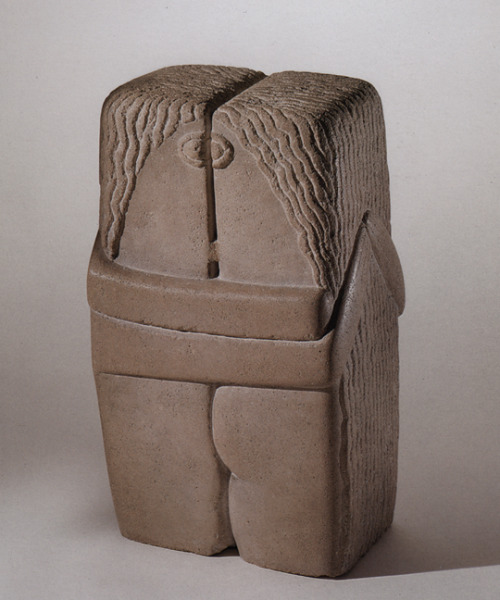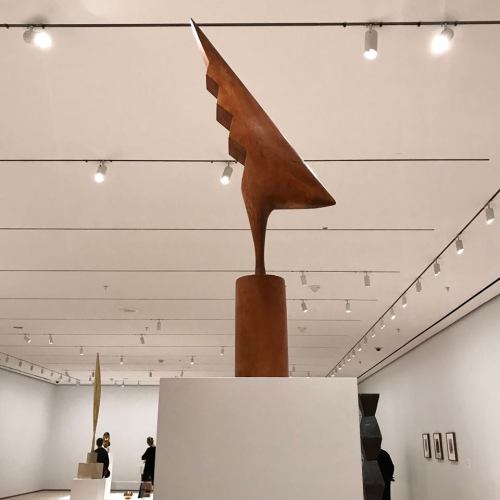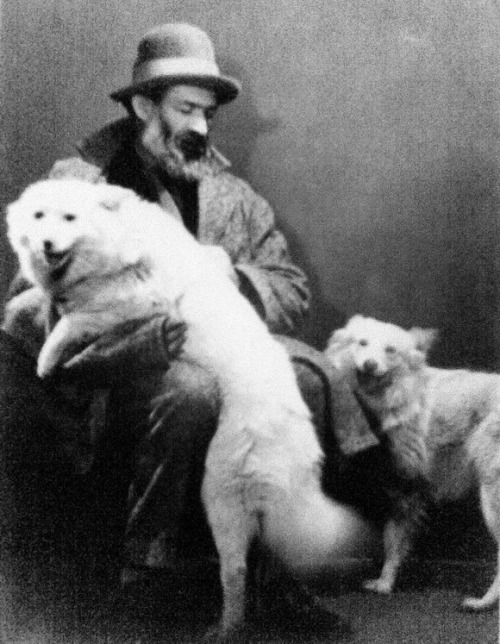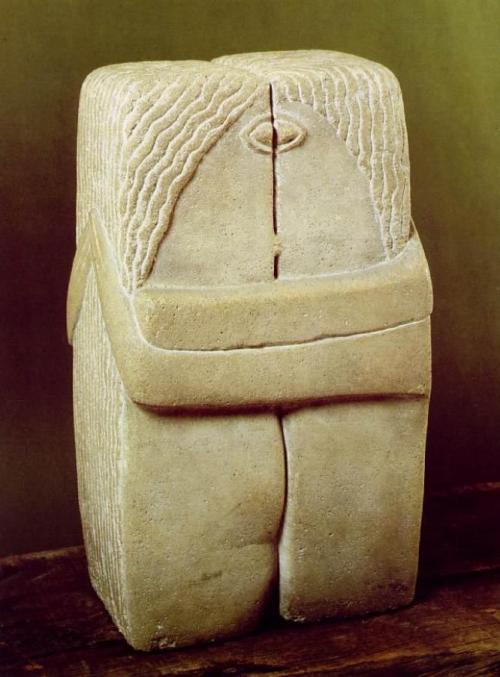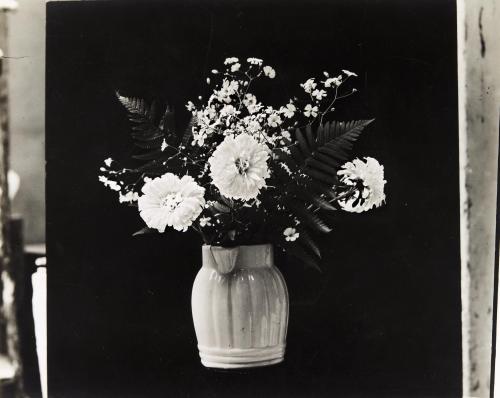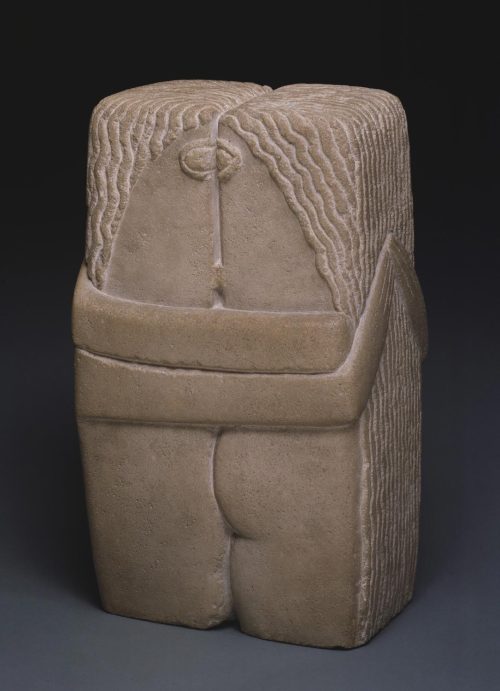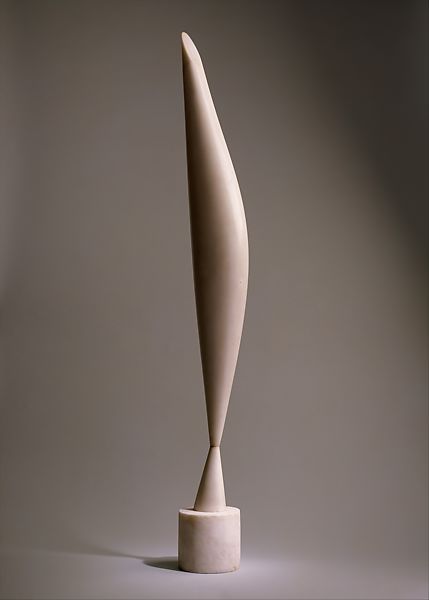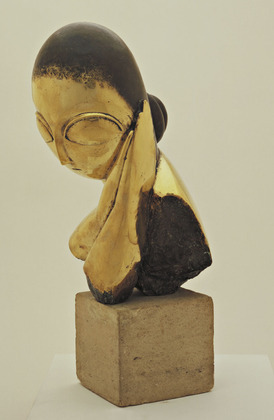#constantin brancusi
To Undress, To gain Nudity
- Christian Dior Couture (Raf Simons), Spring 2014.
- Constantin Brancusi (1876-1957).
Post link
Brancusi: View of the Artist’s Studio
Constantin Brancusi’s studio through the artist’s eyes—a closer look reveals his sculptures “The Kiss” in the background and “Mlle Pogany” in the foreground. Brancusi made fewer than 200 drawings, some of which depicted his studio, a subject that also appeared frequently in his photographs. In both his photographs and drawings, Brancusi shows his works stacked and layered in space. He often moved works from base to base, or placed them directly on the floor of his studio, so that they lived in the world alongside ordinary objects, and among people. Now on view.
…
[: Constantin Brancusi. “View of the Artist’s Studio.” 1918. Gouache and pencil on board. The Joan and Lester Avnet Collection. © Succession Brancusi - All rights reserved (ARS) 2018]
Post link
#ArtSpeaks: Paulina Pobocha on Constantin Brancusi
“I really wanted to treat him as though he were a living artist.” –Paulina Pobocha, associate curator, shares how the curatorial team stayed true to how sculptor Constantin Brancusi wanted his work to be seen. Watch her gallery talk on selected works from our exhibition “Constantin Brancusi Sculpture.”
Constantin Brancusi Sculpture: The Cock
What do you think this work represents? If you guessed a rooster, you view the world a lot like sculptor Constantin Brancusi. Brancusi changed the course of sculpture forever with works that evoked “the essence of things” rather than serving as literal depictions. This simplified form and base, now on view, was carved from a single piece of wild cherry wood.
…
[Credit: Constantin Brancusi. “The Cock.” Paris 1924. Cherry. Gift of LeRay W. Berdeau. © Succession Brancusi - All rights reserved (ARS) 2018]
Post link

Constantin Brancusi ‘Mademoiselle Pogany II’ 1925

constantin brancusi, “femme se regardant dans un miroir,” 1909, vintage gelatin silver print
Constantin Brancuși (1876-1957), La jeune fille sophistiquée (Portrait de Nancy Cunard), conceived in 1928 and cast in 1932.
Post link
Brancusi, Constantin. Mlle Pogany. 1913. The Museum of Modern Art, New York.
Bronze with black patina on limestone
Post link

